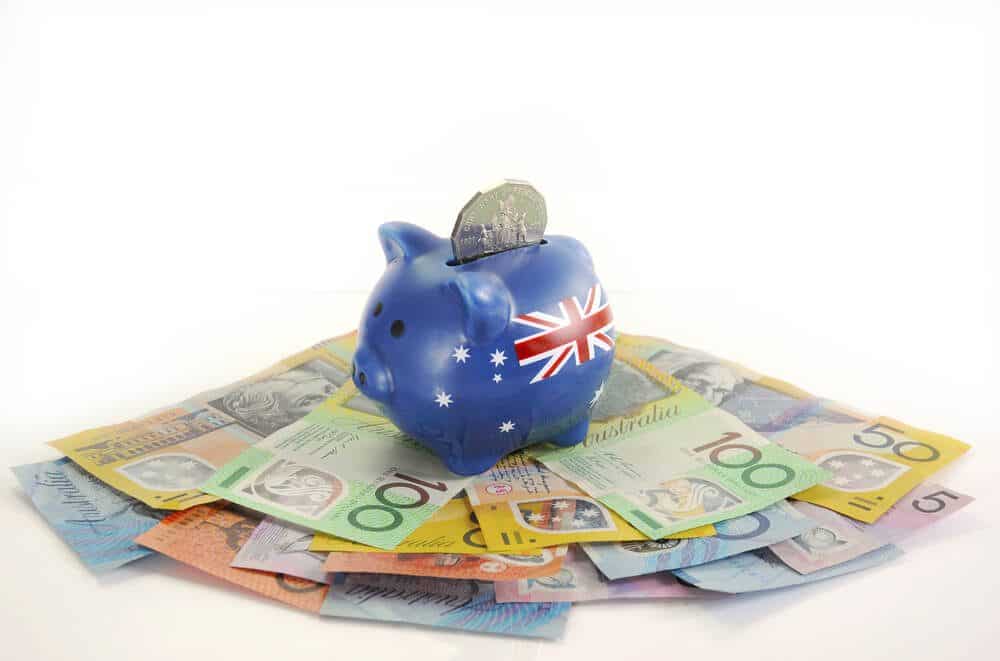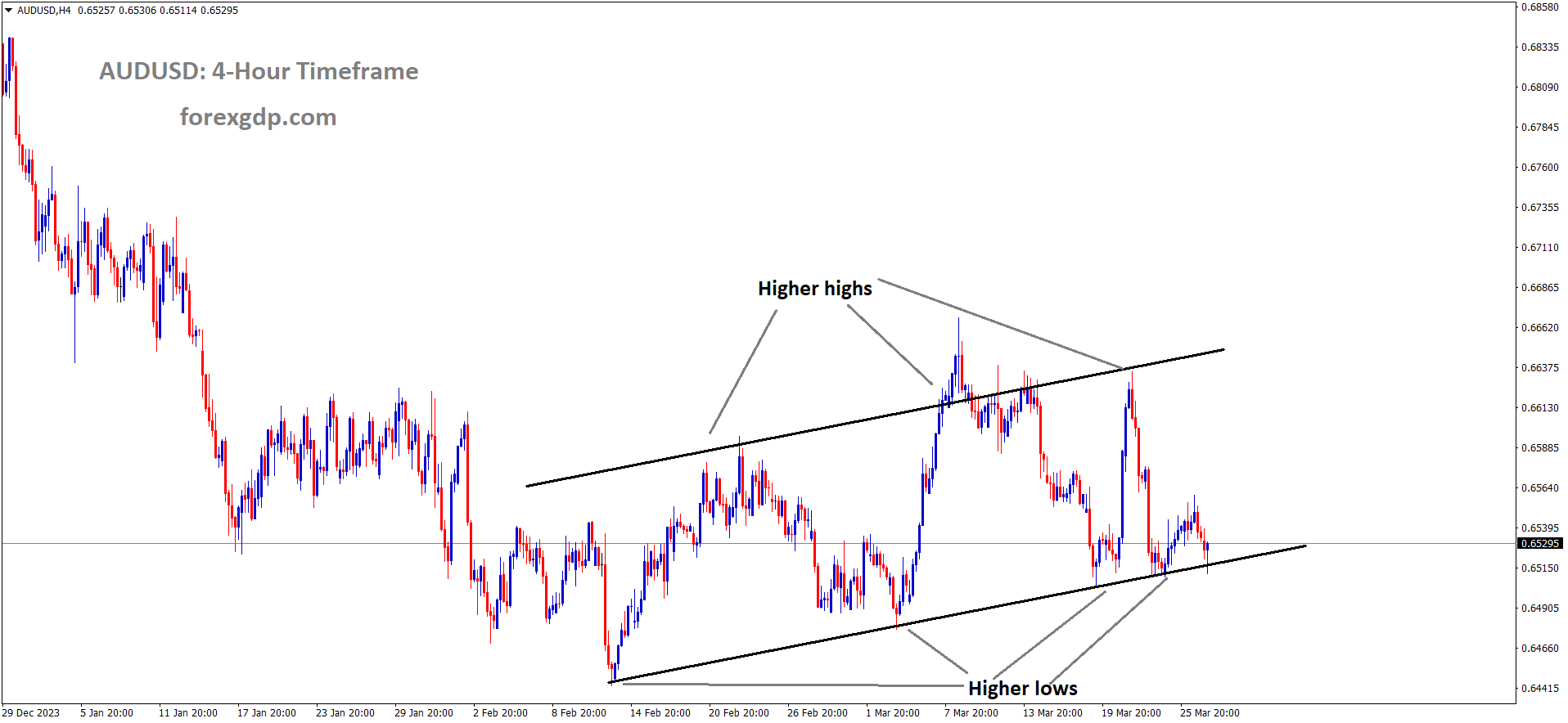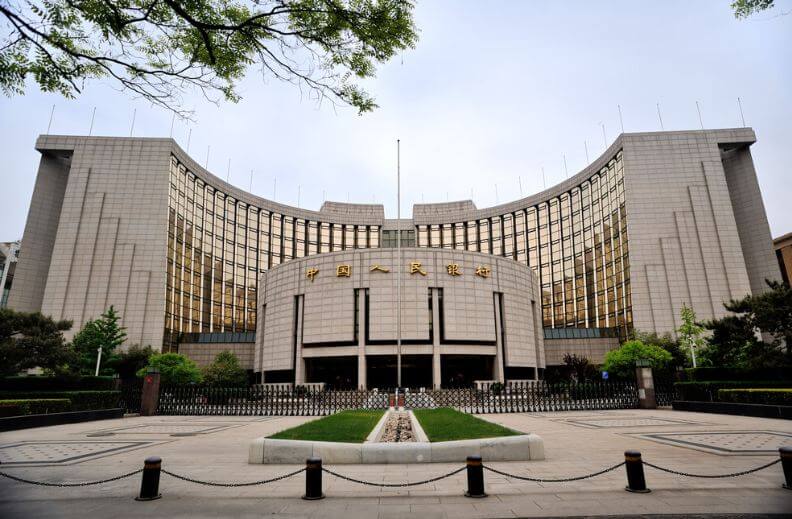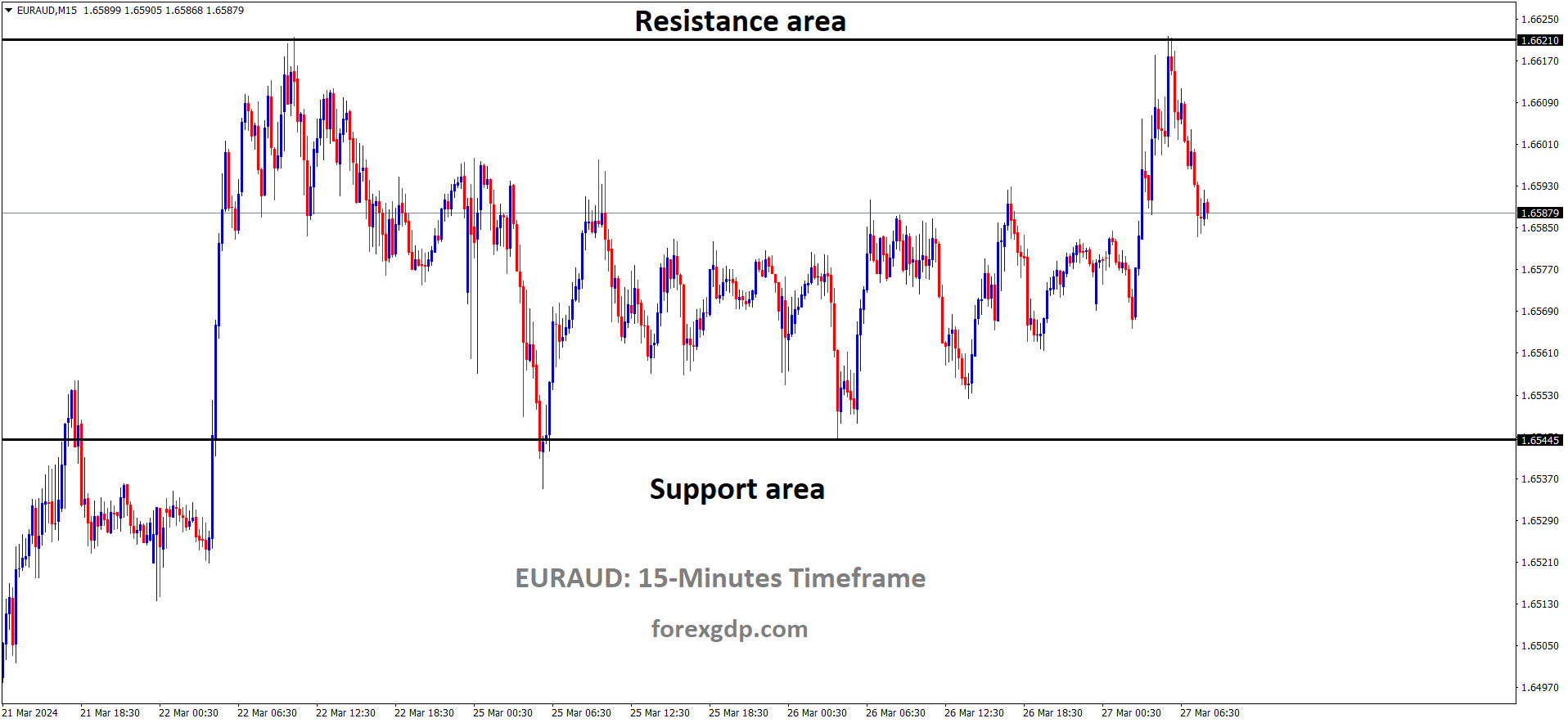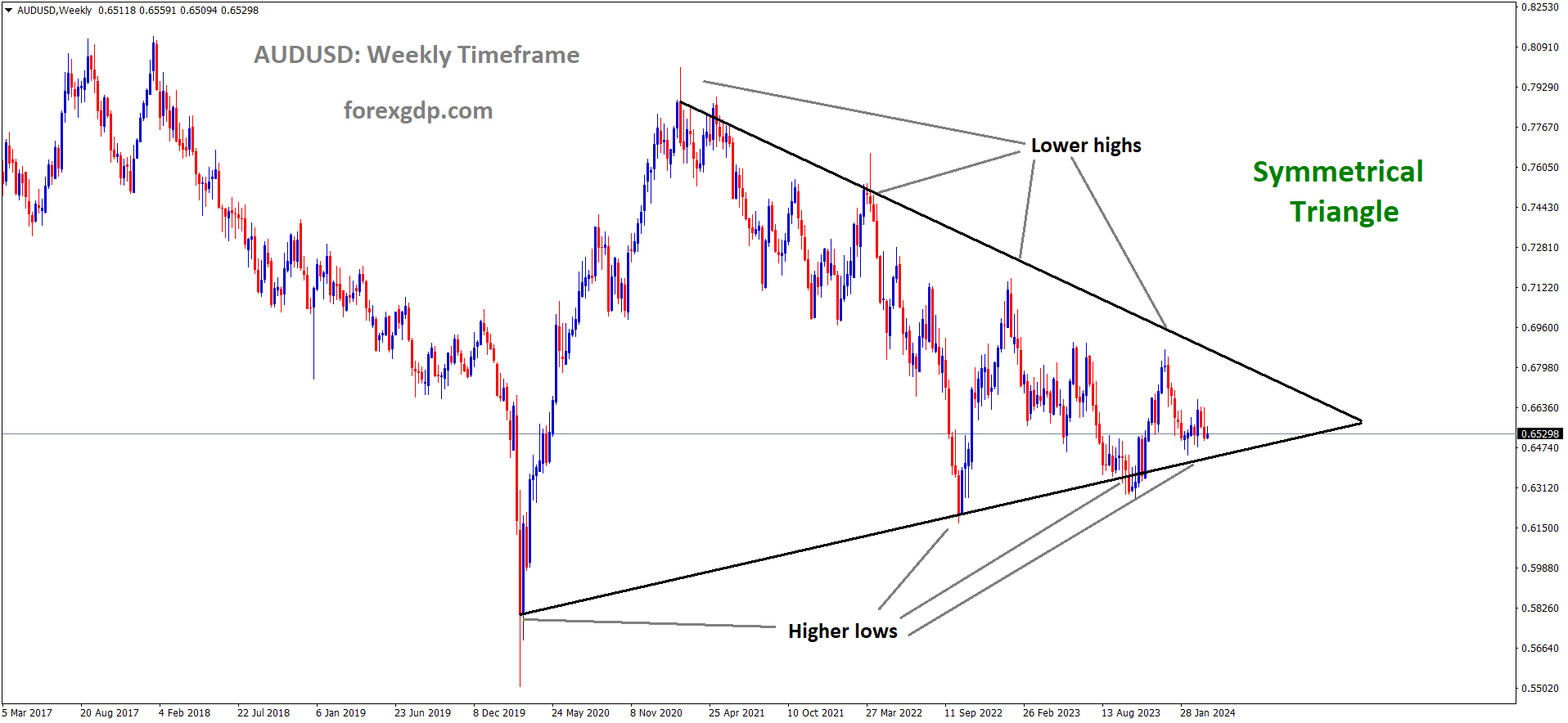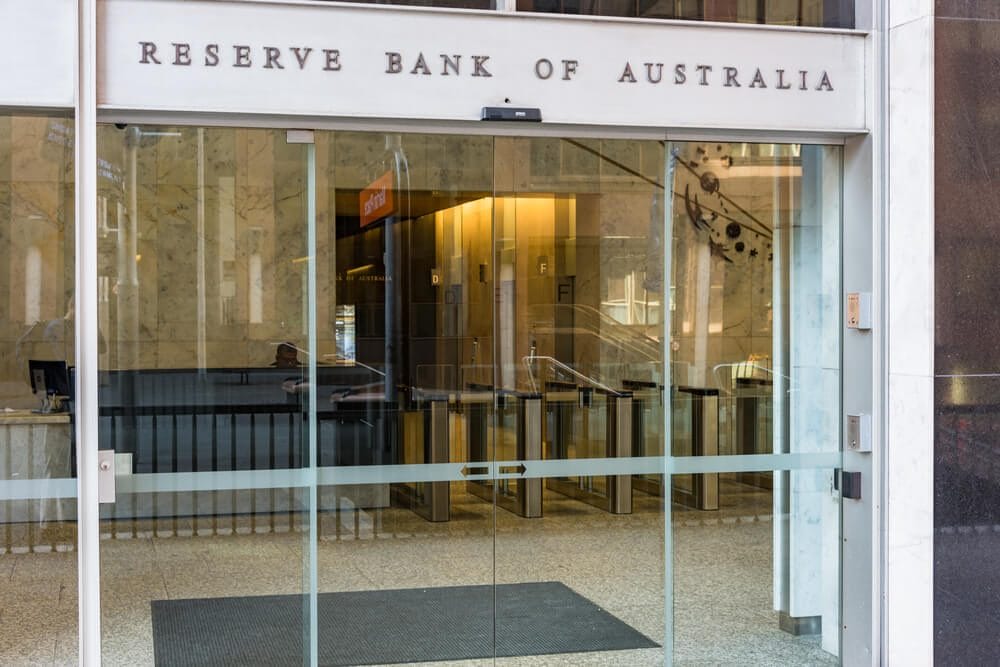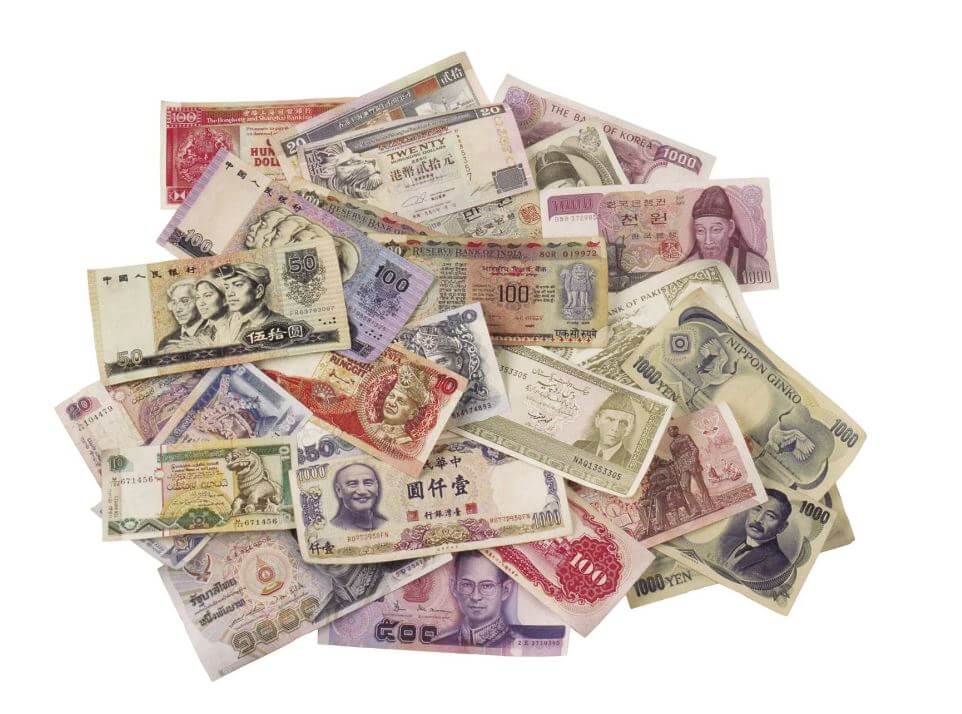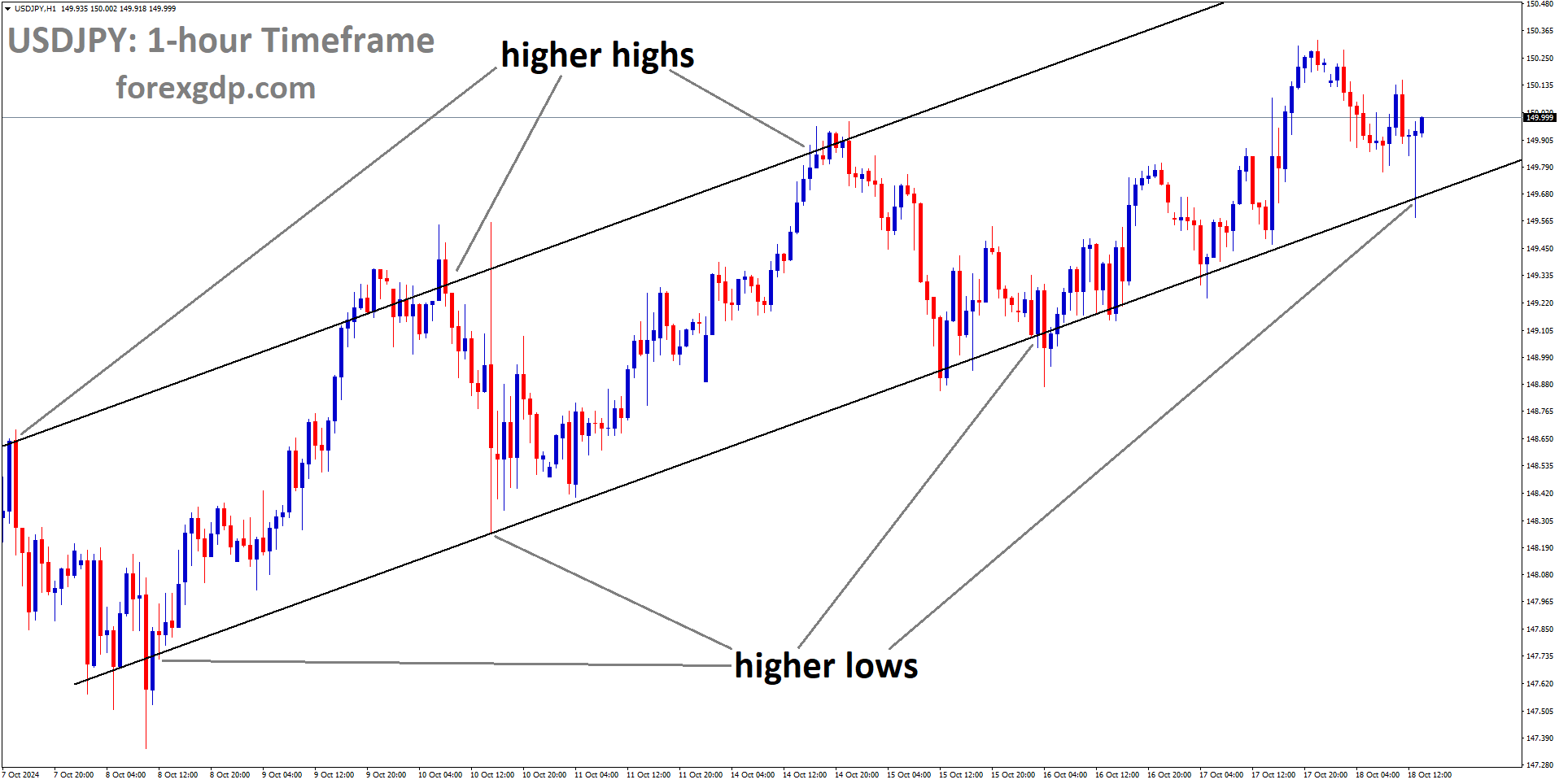AUD depreciates on softer Aussie CPI, stronger USD
The Australian CPI Data came at 3.4% in February month it is well below 3.5% expected in the market. Westpac Consumer confidence came at 84.4 in March month versus 86.0 in February Month. The RBA have chances to do rate cuts if inflation points continue to move in downtrend.
AUDUSD is moving in Ascending channel and market has reached higher low area of the channel
The Australian Dollar (AUD) continued its decline for the second consecutive session on Wednesday. This downward trend in the AUD/USD pair was driven by weaker-than-expected Australian consumer prices, potentially signaling a shift towards a more dovish stance by the Reserve Bank of Australia (RBA) regarding its interest rate trajectory. Consequently, this outlook has placed downward pressure on the AUD.
In February, Australia’s Monthly Consumer Price Index (YoY) increased by 3.4%, which, although consistent with previous levels, fell slightly below the anticipated 3.5%. However, this reading marked the lowest level since November 2021. The AUD faced additional downward pressure following the release of the Westpac Consumer Confidence index on Tuesday, which showed a decline of 1.8% to 84.4 in March 2024 from February’s 86.0, easing from its 20-month highs.
On the other hand, the US Dollar Index (DXY) recorded its second consecutive day of gains amidst a prevailing risk-off sentiment. This sentiment was largely fueled by expectations surrounding the forthcoming release of the US Personal Consumption Expenditures (PCE) report scheduled for Friday. However, the decline in US Treasury yields may be attributed to market expectations concerning potential rate cuts by the US Federal Reserve (Fed). Such sentiment could potentially limit the advances of the US Dollar.
Additionally, Australia’s Westpac Leading Index (MoM) increased by 0.1% in February, reversing the previous month’s decline of 0.09%. Furthermore, Australia’s government has pledged to support a minimum wage increase in line with inflation this year, acknowledging the ongoing challenges faced by low-income families amidst rising living costs.
According to a Bloomberg survey of economists, there is a consensus expectation for the People’s Bank of China (PBoC) to implement two additional Reserve Requirement Ratio (RRR) cuts in 2024, totaling a reduction of 50 basis points. Moreover, Chinese President Xi Jinping is scheduled to meet with US business leaders, following up on his November dinner with US investors in San Francisco.
Regarding US monetary policy, Atlanta Fed President Raphael Bostic expressed his expectation for only one rate cut this year, cautioning against reducing rates prematurely, which could potentially lead to greater disruption. Conversely, Chicago Fed President Austan Goolsbee aligns with the majority of the board in anticipating three cuts. However, Goolsbee emphasized the need for further evidence indicating a decrease in inflation before proceeding with rate cuts.
In terms of economic indicators, US Durable Goods Orders increased by 1.4% in February, surpassing the expected 1.3% and reversing the previous month’s decline of 6.9%. Similarly, US Durable Goods Orders excluding Defense rose by 2.2% in February, compared to the expected 1.1%, and the previous decline of 7.9%. However, the US Housing Price Index (MoM) decreased by 0.1% in January, following December’s increase of 0.1%.
Australia’s February inflation rate disappoints at 3.4%
The Australian CPI Data came at 3.4% in February month it is well below 3.5% expected in the market. Westpac Consumer confidence came at 84.4 in March month versus 86.0 in February Month. The RBA have chances to do rate cuts if inflation points continue to move in downtrend.
EURAUD is moving in box pattern and market has fallen from the resistance area of the pattern
For the second consecutive month, inflation remained stable as lower prices for meat and seafood offset increases in rents and automotive fuel.
According to the Australian Bureau of Statistics, the monthly index of consumer prices rose by only 3.4% in the year to February, aligning closely with the pace seen in January and December. Economists had anticipated a slightly higher figure of 3.5% for February’s Consumer Price Index (CPI).
Excluding volatile items such as fresh produce and fuel, inflation moderated from 4.1% in January to 3.9% last month.
Continuing the trend, holiday and accommodation prices continued to decline, counterbalancing price hikes in other categories. Prices in this category fell by 1.3% in the year to February, albeit at a slower rate than in previous months, influenced by events like Taylor Swift’s Eras tour.
Michelle Marquardt, head of price statistics at the ABS, attributed fluctuations in accommodation and airfare prices to the end of the peak travel season during the January school holidays.
The monthly inflation figures, although less comprehensive than quarterly data, provide insights into the impact of the current high-interest-rate environment on economic demand.
Governor Michele Bullock of the Reserve Bank of Australia emphasized the need for confidence in inflation returning to the target range before considering any adjustments to the cash rate.
David Bassanese, a senior economist at Betashares, highlighted the uncertainty surrounding inflation trends compared to RBA expectations.
Ahead of the inflation data release, investors anticipated a 25 basis point cut in the cash rate to 4.1% by October, as indicated by the ASX rates tracker.
Following the ABS announcement, the ASX 200 rose by 0.25%, while the Australian dollar slightly declined amid speculations of an earlier RBA rate cut.
The moderation in the inflation rate was facilitated by ongoing declines in meat and seafood prices, partly due to livestock sales by farmers.
Despite a rise in insurance prices by 16.5% annually, the largest jump since the inception of monthly CPI calculation, rent price hikes persisted due to a tight housing market.
Energy prices experienced some relief, with electricity prices growing by only 0.3% in February, down from the previous month, and gas prices declining.
Moody’s Analytics economist Harry Murphy Cruise suggested that inflation is on track to ease to 3.35% year-on-year in the March quarter, moving closer to the RBA’s target range.
However, the Grattan Institute’s chief executive, Aruna Sathanapally, cautioned about persistent underlying inflation, indicating ongoing economic challenges.
As Australia’s inflation battle evolves, rising costs in service industries pose additional challenges, akin to experiences in the US, according to Governor Bullock.
The RBA is scheduled to make its next interest rate decision on May 7, following the release of March quarter inflation data and a week before the federal budget announcement.
Australia’s inflation remains steady despite sold-out Taylor Swift shows
The Australian CPI Data came at 3.4% in February month it is well below 3.5% expected in the market. Westpac Consumer confidence came at 84.4 in March month versus 86.0 in February Month. The RBA have chances to do rate cuts if inflation points continue to move in downtrend.
AUDUSD is moving in Symmetrical Triangle and market has reached higher low area of the pattern
Following the highly anticipated Taylor Swift concerts in Sydney and Melbourne, Australia managed to avert a surge in inflation, despite initial concerns regarding increased travel and hotel expenses in major cities. According to data released by the Australian Bureau of Statistics (ABS) on Wednesday, the monthly Consumer Price Index (CPI) indicated a steady annual pace of 3.4% in February, remaining unchanged from January and falling below forecasts of 3.5%.
For the month of February, the CPI experienced a modest 0.2% increase, while the three-month annualized pace stood at 2.4%, well within the target band of 2% to 3% set by the central bank.
In response to this data, the Australian dollar saw a slight decrease of 0.2% to $0.6519, while three-year bond futures rebounded from previous lows, rising by 2 ticks to 96.42. Market sentiment continued to suggest that any potential rate relief would likely commence in August or September.
Rob Carnell, Asia-Pacific head of research at ING, noted that although it might seem like inflation had stabilized, underlying factors could facilitate a further decline in the coming months, potentially leading to monetary easing later in the year.
However, core inflation, as measured by the trimmed mean, exhibited resilience, rising to an annual rate of 3.9% in February, slightly up from 3.8% in January. Policymakers had initially anticipated a decline to 3.6% by June.
Market projections indicated a 68% probability of the Reserve Bank of Australia implementing a quarter-point cut in its 4.35% cash rate by August, with a move fully priced in for September. Futures indicated a relatively conservative 40 basis points of easing for the entirety of 2024.
The phenomenon dubbed the “Taylor Swift effect,” which initially led to an increase in travel and hotel-related expenses in major cities, did not result in a significant uptick in headline inflation in February. Michelle Marquardt, head of prices statistics at the ABS, attributed this to the offsetting effect of falling accommodation and airfare prices following the conclusion of peak travel season during the January school holiday period.
Holiday travel and accommodation prices experienced a notable decline of 9.3% in February compared to the previous month, helping to balance out increases in fuel, education, and clothing expenses. Tradable goods prices remained relatively stable during the month, while non-tradable items, primarily services, saw a modest rise of 0.3%.
Despite these fluctuations, certain sectors experienced accelerated inflation. Rent inflation, for instance, rose to 7.6% in February from 7.4% the previous month, while insurance prices increased by 8.4% year-on-year, up from 8.2% in January.
The Reserve Bank of Australia’s decision to keep interest rates unchanged at 4.35% for a third consecutive meeting reflects the broader trend of slowing inflation. Governor Michele Bullock emphasized the balanced nature of risks, with the labor market remaining robust as indicated by the addition of 116,500 jobs in February and a decline in the unemployment rate to 3.7% from a two-year high of 4.1%.
As the economy navigates through these dynamics, analysts suggest a cautious approach to policy decisions, with Tapas Strickland, head of market economics at National Australia Bank, indicating a projected rate cut in November, contingent upon further inflation data over the next two quarters.
Don’t trade all the time, trade forex only at the confirmed trade setups.
Get more confirmed trade setups here: forexgdp.com/buy/

